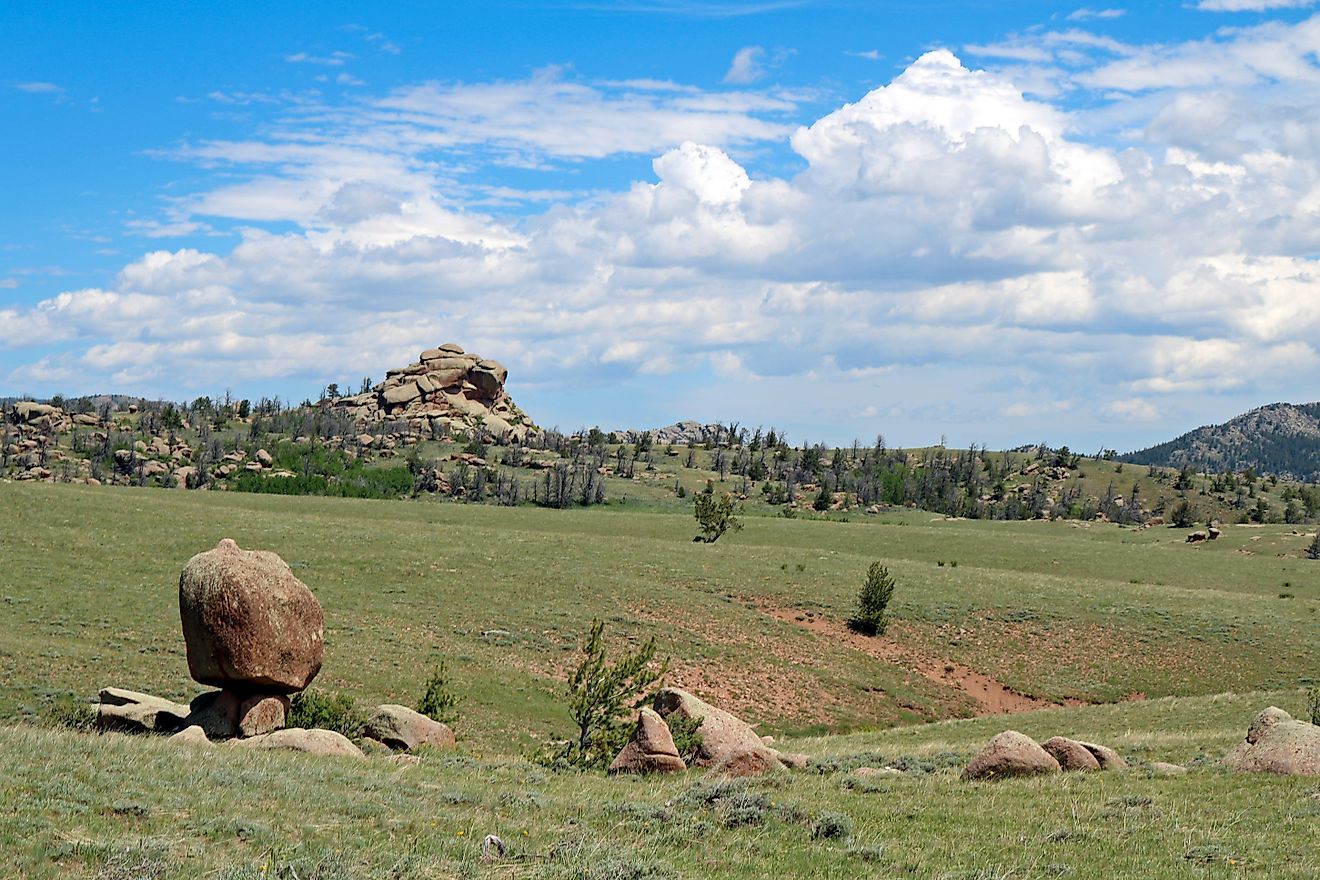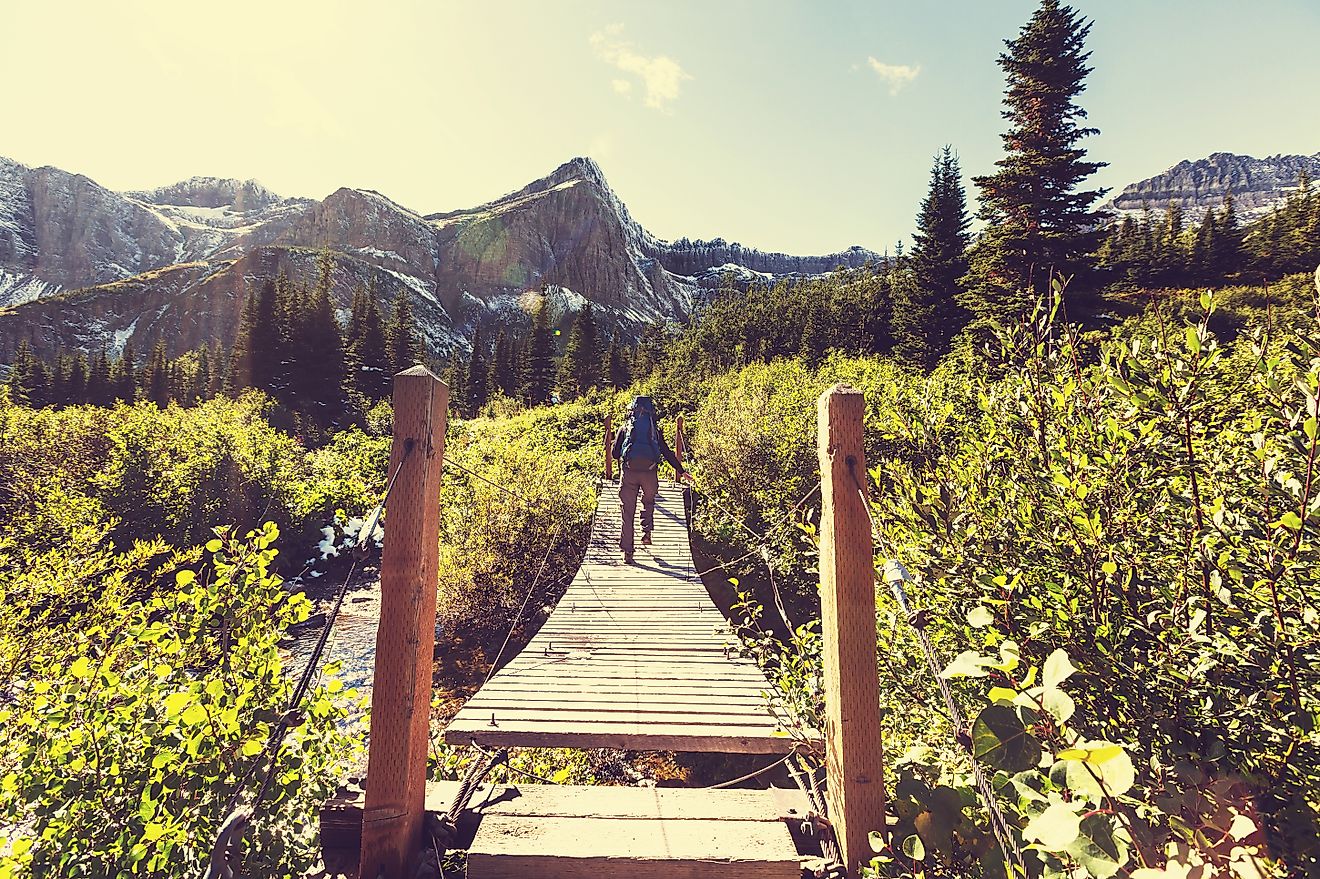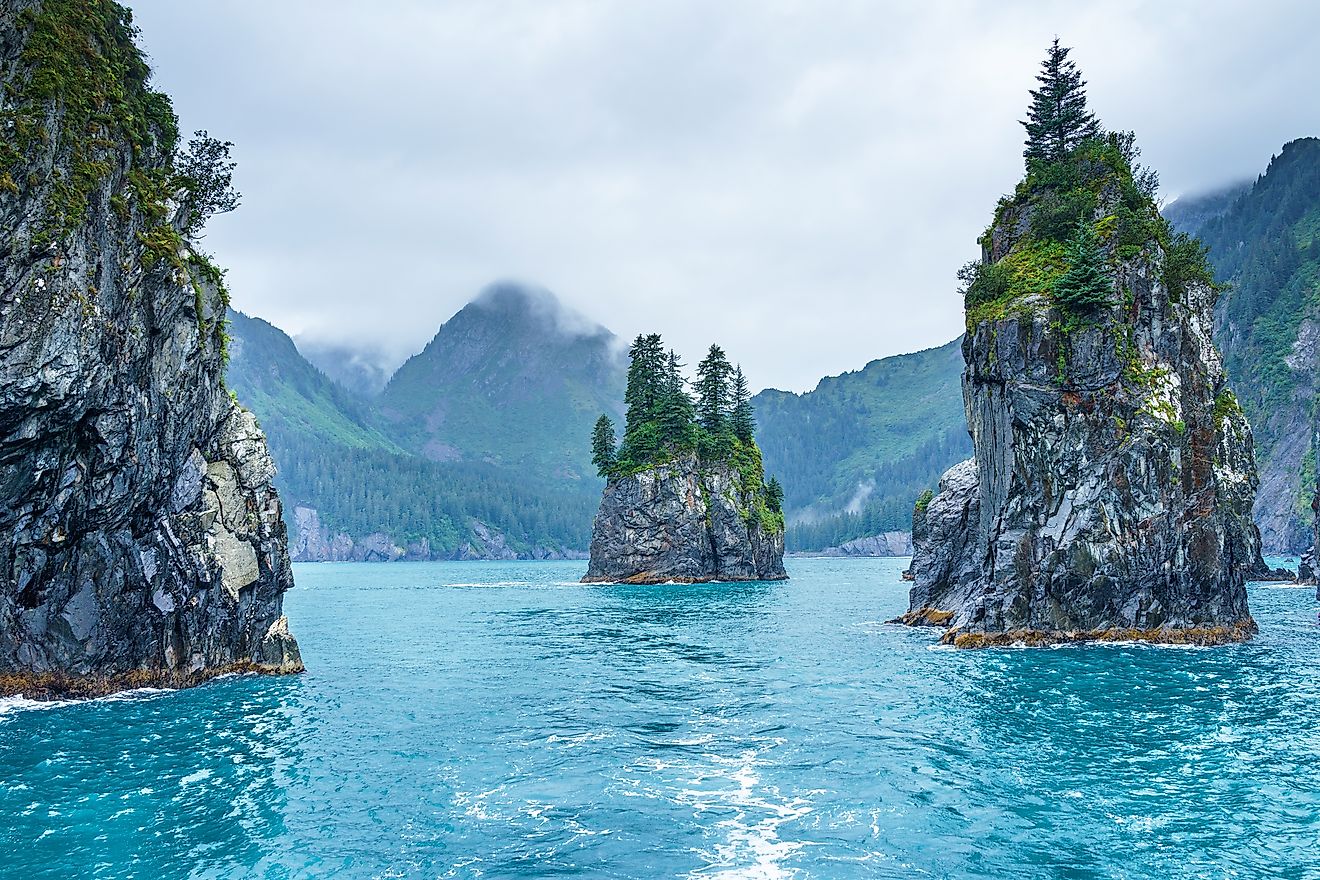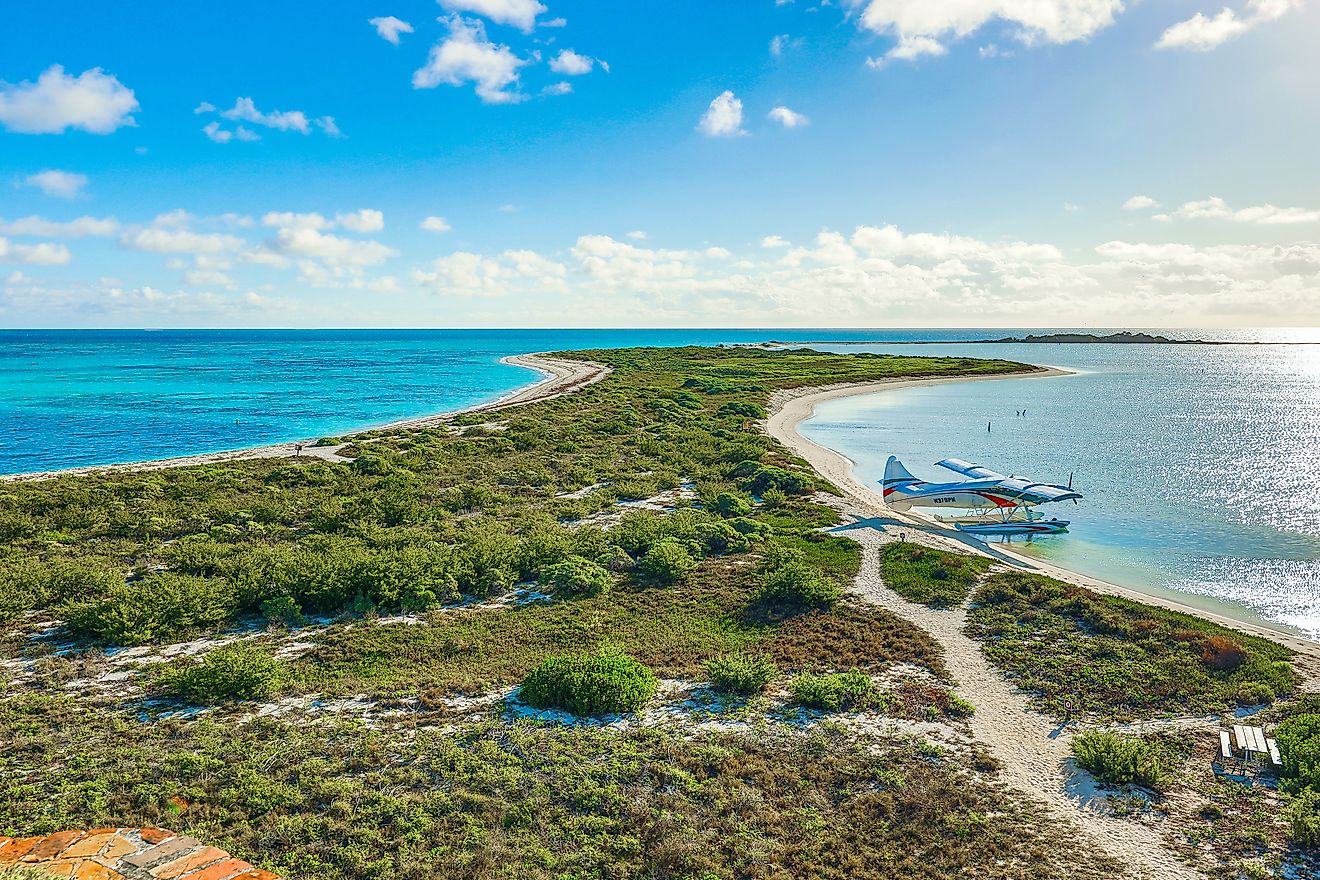
10 Underrated US National Monuments You Need to See
There are over 100 national monuments in the United States managed by different federal agencies. While some, including New York's Statue of Liberty, are easily recognizable and receive tons of visitors throughout the year, others rarely come up in conversations. Despite being grossly overlooked, they remain a crucial part of America's natural and cultural heritage. Below is a collection of underrated US national monuments that deserve more recognition for their beauty and historical significance.
Situated across diverse landscapes, these hidden gems offer incredible scenery, views, and insights relatively untarnished by crowds. Exploring these lesser-visited monuments provides an immersive way to experience the richness of America's cultural and natural heritage off the beaten path.
Chiricahua National Monument, Arizona
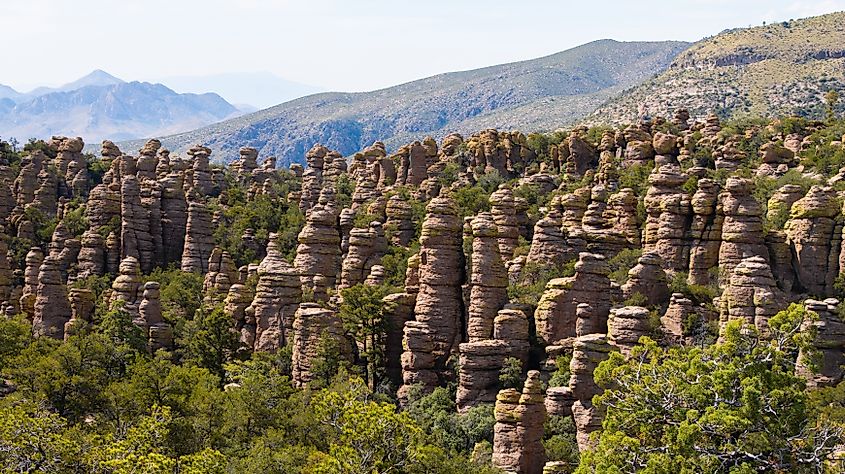
Chiricahua National Monument in southern Arizona is distinguished by its dramatic cluster of rocks, with some rising 100 feet into the air. Historically, the territory was occupied by the Chiricahua Apache Indians and harbors a heritage dating back to the 1400s. The monument is home to a bustling wildlife population thriving in rocky and forested habitats, and visitors can catch a glimpse of species like mountain lions, bears, and deer. Almost 17 miles of hiking trails cutting across the areas enable visitors to explore the monument comfortably. Notable routes include the Heart of Rocks loop, which spans around 7 miles and passes through eccentric rock formations.
Next, enjoy a scenic drive along the 8-mile Bonita Canyon Drive, taking advantage of spellbinding overlooks along the way. Visitors can also reserve a spot at the Bonita Canyon Campground for the ultimate outdoor experience of sleeping under the stars.
Muir Woods National Monument, California

A beautiful boardwalk through the Cathedral Grove in Muir Woods National Monument.
California's Muir Woods National Monument introduces visitors to a redwood wonderland, promising the perfect off-the-beaten-path adventure. This over 550-acre monument has one of the few remaining old redwood forests in the region, featuring imposing old-growth redwoods, with some a century old. Hosting a vibrant wildlife population, it is an excellent getaway for animal enthusiasts, who will have a chance to spot species like the northern spotted owl, American shrew mole, and western gray squirrels. There is no shortage of trails running through the preserve, presenting an opportunity for hikers and mountain bikers to explore its territory.
The woods are also home to Redwood Creek, a small running creek through the preserve with clear waters passing under the thick canopy. The pristine waterway has a sizeable steelhead trout and salmon population, inviting anglers for fun sport fishing sessions.
Colorado National Monument, Colorado

This geological wonderland in Grand Junction, Colorado leaves visitors in awe of its stunning rock formations and sheer-walled canyons. The Colorado National Monument sprawls over 20,000 acres of desert wilderness on the Colorado Plateau, with parts of the juniper forest. It is a habitat for diverse animals, ranging from golden eagles and red-tailed hawks to bighorn sheep, giving wildlife enthusiasts something to look forward to. Multiple scenic trails traverse the territory, inviting hikers, bikers, and horse riders to immerse in its vast outdoors. The Liberty Cap trail is a popular route that visitors follow to access the top of the rim.
Among the must-see highlights of the Colorado National Monument are the exquisite rock formations at Monument Canyon, which include the Kissing Couple and the Independence Monument. Guests will also enjoy a trip down Rim Rock Drive for stunning vistas of the surroundings.
Gila Cliff Dwellings National Monument, New Mexico
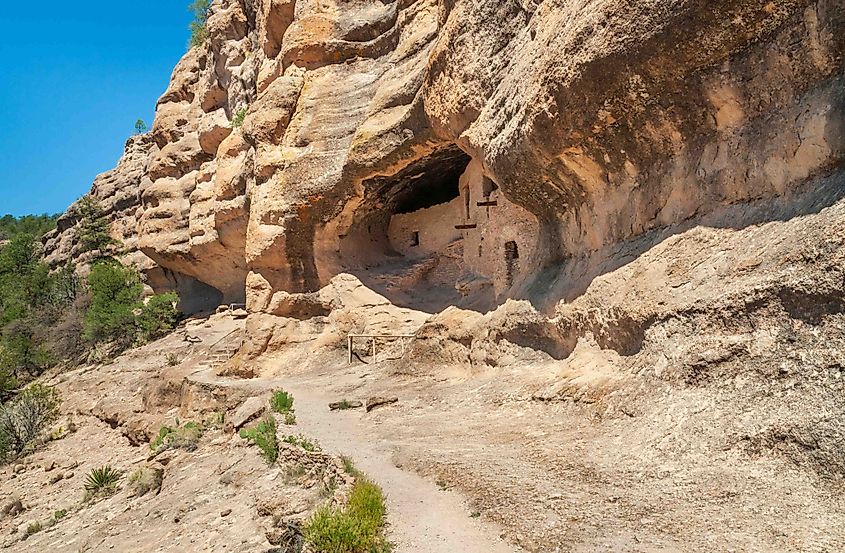
Gila Cliff Dwellings National Monument in New Mexico.
This archaeological treasure near Silver City, New Mexico offers a rare look into the lives of ancient civilizations that once called this territory home. Visiting this 533-acre monument is an immersive cultural experience, exploring what was once the territory of the agricultural Mogollon people. The Cliff Dweller Canyon harbors a series of caves partitioned into several rooms that vacationers can tour to witness historical ruins like the Javalina House and the West Fork Ruin.
There is a museum and visitor center stationed near the Heart-Bar Site, where first-timers can find valuable information about the site. The venue houses various cultural artifacts from the Mogollon and Apache tribes that were recovered from the surrounding wilderness. Other attractions include hot springs with healing properties, some of the more popular being Lightfeather and Jordan Hot Springs.
John Day Fossils Bed National Monument, Oregon
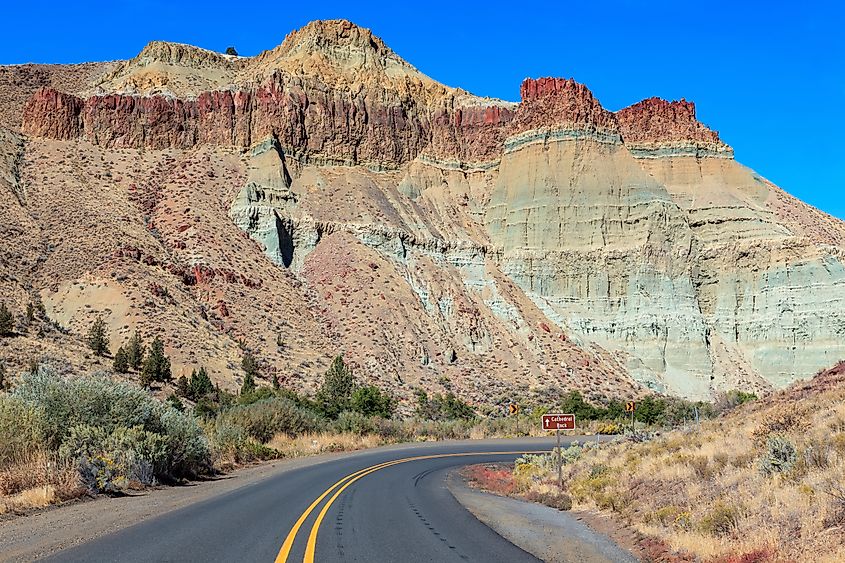
Cathedral of Sheep Rock Unit in John Day Fossil Beds National Monument : Oregon, USA.
This vast national monument takes you to the John Day River basin in east-central Oregon. Across its 14,000-acre territory lie preserved layers of animal and plant fossils that have stood the test of time, dating back millions of years. The monument is covered by a mix of riparian zones, semi-arid shrublands, and badlands and is split into three geographical units. Multiple trails throughout the preserve provide an avenue to discover its diverse wonders. The Clarno Unit Trails, including the Geologic Time Trail, allow you to encounter real fossils, whereas the Painted Hills Unit Trails expose you to the gorgeous vistas of colorful hills.
Guests can also stop by the Thomas Condon Visitor Center to browse interesting exhibits and a functioning lab for more information about Oregon's prehistoric past and the fossilized treasures it conceals.
Canyon de Chelly National Monument, Arizona

Canyon de Chelly National Monument in Arizona is a spectacular smaller version of the Grand Canyon.
Prepare for awe-inspiring canyon vistas and rich cultural immersions when touring this US national monument in northeastern Arizona. Canyon de Chelly National Monument lies in the Navajo Nation territory and preserves the relics of indigenous communities that have inhabited the area since time immemorial. It spans around 83,840 acres and draws visitors to witness its dramatic canyons, which include the del Muerto, de Chelly, and Monument. The monument has no shortage of trails, allowing tourists to take self-guided tours along the White House Overlook and Trail to explore.
Alternatively, you can take a more comfortable journey in your car along the North Rim Drive, which features three scenic overlooks along the way. Some visitors get a resourceful Navajo guide to show them around over a hiking, biking, or horse-riding excursion. If you want to spend the night, the Cottonwood Campground ensures you get a good night's sleep.
Grand Staircase-Escalante National Monument, Utah
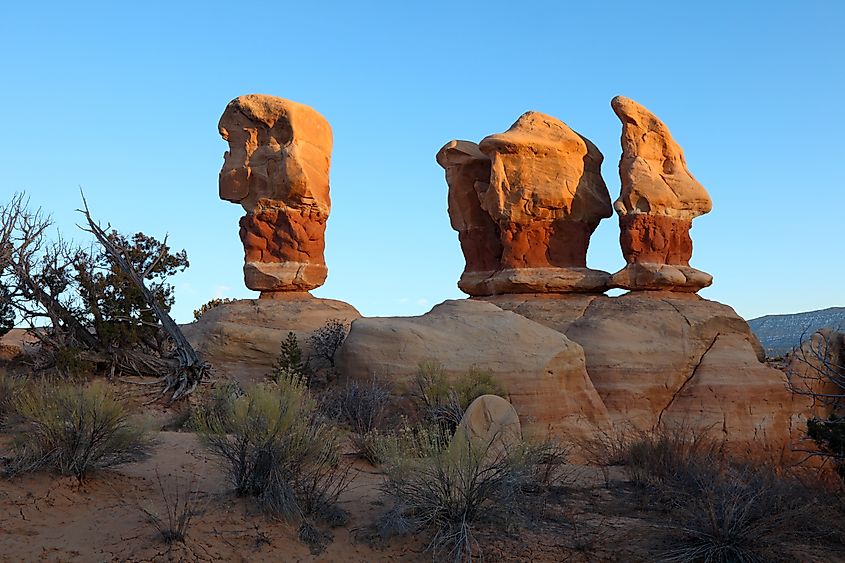
Devils Garden, Hole-in-the-Rock Road, Grand Staircase Escalante National Monument, Utah.
Sandwiched between Capitol Reef National Parks and Bryce Canyon, this is one of the most underrated national monuments worth checking out. It comprises a blend of canyons, cliffs, plateaus, and red rock formations spanning over a 1.8 million-acre territory. This vast space allows for numerous outdoor opportunities to guarantee all visitors something fun to do in Utah. Taking a scenic drive allows you to explore much of the monument within the shortest time, and options range from Cottonwood Canyon Road to Scenic Byway 12.
But if you prefer to explore the area on foot, prepare for a challenging trek along the picturesque 4.8-mile Willis Creek Narrows. Campers have exciting opportunities to spend the night under the stars thanks to shelters provided by Deer Creek Campground and Calf Creek Recreation Area Campground.
Lava Beds National Monument, California
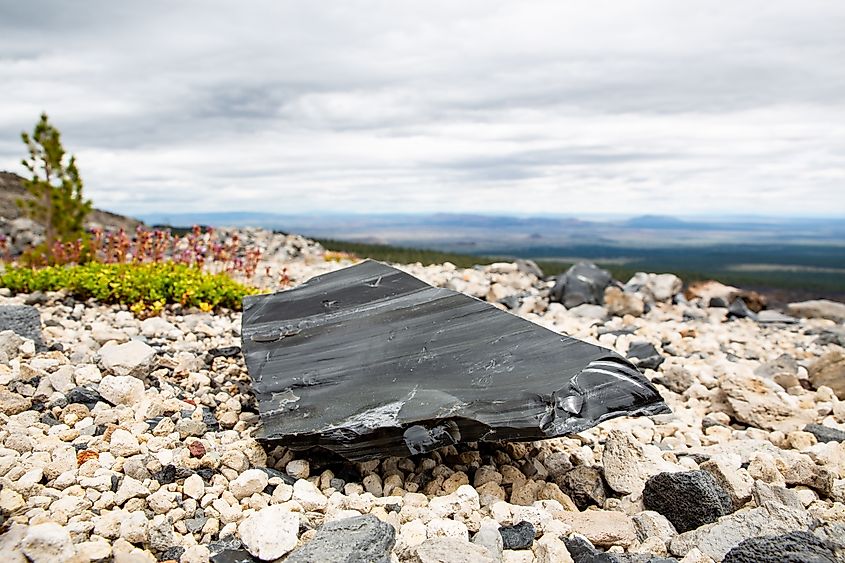
Obsidian Stone at Lava Beds National Monument, California.
Lava Beds National Monument in northeastern California resulted from millions of years of volcanic activity on the Medicine Lake Volcano. Resulting in rugged terrain with different forms of volcanic features. The monument, which spreads approximately 47,000 acres, is known for its series of over 800 caves. Caving is a big deal in Lava Beds National Monument, offering unique underground adventures into mysterious caverns, such as Skull Cave and Valentine Cave. The caves provide a habitat for over 16 unique species of bats, allowing animal enthusiasts to explore the unique characteristics of each species.
Over a dozen hiking trails in Lava Bed invite tourists for a complete immersion into the vast wilderness to discover unique flora and fauna in the region. Whether a beginner or seasoned adventurer, you can find a suitable path to follow, from the short Gillem Bluff Trails to the lengthy Big Nasty Trail.
Devils Tower National Monument, Wyoming
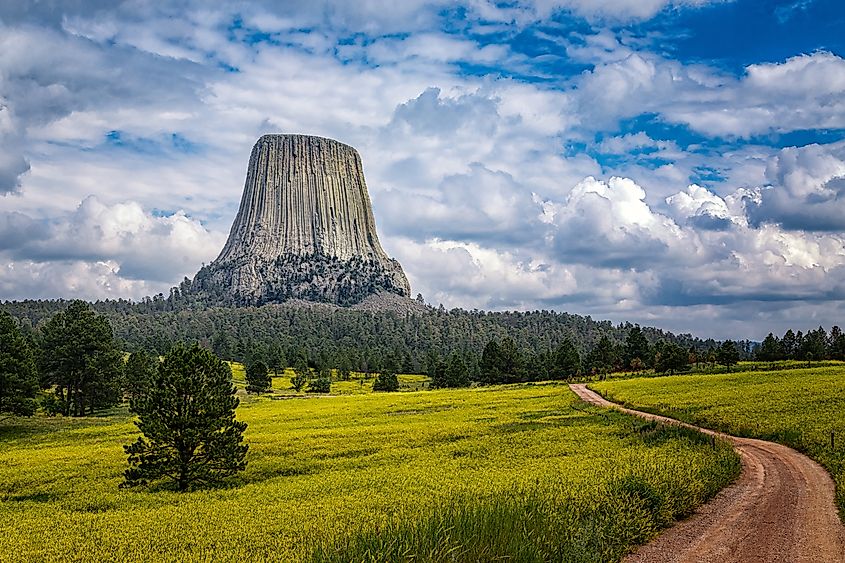
Wyoming's Devils Tower is a majestic geological feature sticking out of the prairie that surrounds the Black Hills. It is a natural and cultural landmark considered sacred by Indigenous tribes like the Northern Plain Indians. It consists of dozens of parallel cracks with plenty of opportunities for ardent outdoorsmen. Countless hiking trails give tourists the opportunity to tackle rugged and secluded routes to explore the monument, including the Joyner Ridge Trail and the South Side Trail.
Devils Tower is a popular climbing spot, with hundreds of parallel cracks posing the perfect climbing challenge. Those who plan to spend the night at the monument can pitch a tent and enjoy a wild night's sleep at the Belle Fourche River Campground, which has numerous campsites.
Fort Monroe National Monument, Virginia
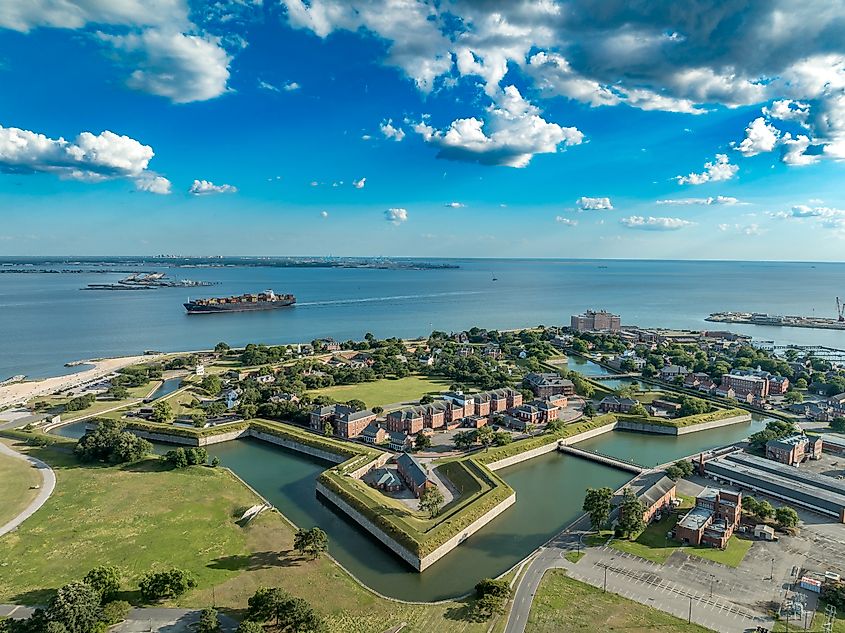
Aerial view of Fort Monroe star shaped military fort protecting Norfolk surrounded with a water filled moat.
America's storied military heritage comes alive in this historic fortress in Virginia, which has for centuries served as the prominent defensive hub along the Chesapeake Bay. Visiting the site provides travelers with an immersive cultural and historical experience with various attractions to explore. Fort Monroe houses the Casemate Museum, whose diverse archives and artifacts document the site's military history of the site. Miles of pristine shores allow guests to make the most of the serene beach scenery to relax and enjoy the sea breeze from the smooth sands of Outlook Beach or North Beach.
A picturesque fishing pier on the site presents remarkable sightseeing and fishing opportunities for visiting anglers. The Chesapeake Bay waters have a sizeable population of white perch, striped bass, and other fish species that allows for fun angling sessions.
Final Thought
With so many national monuments to discover across the country's vast territory, taking the time to visit some underrated gems showcased here will leave visitors with a newfound appreciation of America's protected natural and historic places. Whether it is experiencing prehistoric rock art in a remote Utah canyon or admiring unusual geological formations in Arizona's Sonoran desert, these hidden treasures showcase the diversity of America's public lands. Visiting these lesser-known monuments allows travelers to avoid crowds and get insight into lesser-told stories.
